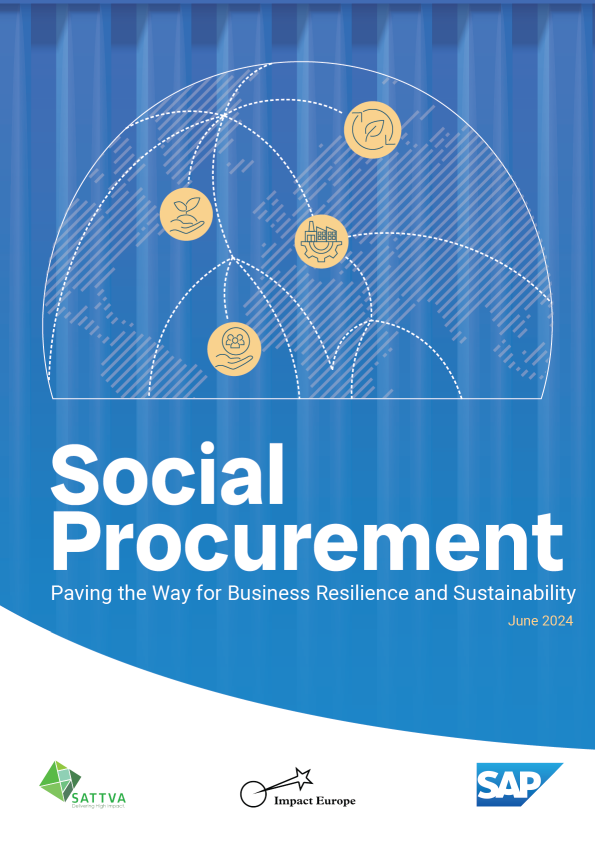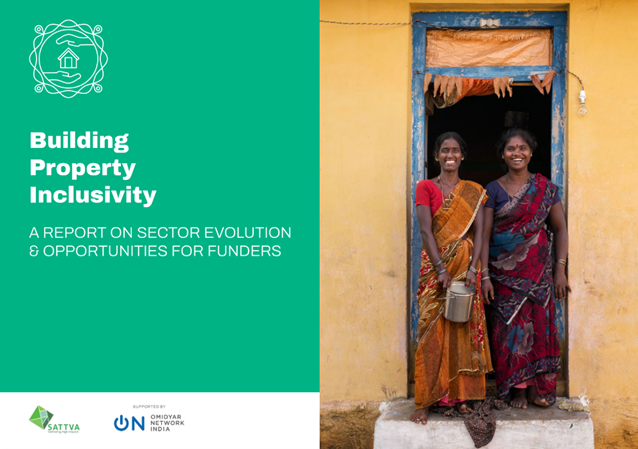From startups to micro, small, and medium enterprises (MSMEs), when one wants to foster scale and innovation, capital is often the first lever to consider—more credit, more investment, and flexible terms for accessing funding. In the post-pandemic world, nonprofits are going to be up against a wide range of problems, most of which cannot be solved by doing things as they were done before. More than ever, they will need innovation and scale to solve these different and new problems. Given this, we need to rethink the quantum and the nature of capital that nonprofits have access to. And, we need to consider whether it’s possible to shift how nonprofits are funded in the first place, so that they can do what they do more effectively.
In this article, I explore the drawbacks of a cost-based funding approach when it comes to philanthropy, and advocate for a value-based one instead.
Let’s first look at the kinds of sources that nonprofits and social enterprises rely on for their income today. There are broadly three types:
- An investor: An investor uses their money to make strategic investments in an organisation and exert control over its direction. They act as a sounding board and they mobilise peer networks for the benefit of the organisation.
- A lender: A lender gives organisations money to help with cash flow and investments for growth. While a lender has much less skin in the game, they are keen to see the organisation succeed and scale up, since this ensures they get their money back and can offer more credit down the road.
- A customer: A customer pays for the value delivered by an organisation and has limited influence on how an organisation spends their money, as long as the value is delivered as promised.
Given this, how does a funder-nonprofit partnership play out today?
Most institutional funders identify nonprofits that will help them with their mandate to create impact. This may be a legal mandate (as in the case of CSR), an institutional one (as in the case of foundations), or borne out of an individual donor’s intent. They then decide to work with a nonprofit based on their assessment of a few characteristics, such as credibility, capability, and fit. At this point, the relationship between the funder and nonprofit seems to be a transactional one, limited to fulfilling a mandate.


However, once funded, the nonprofit is expected to furnish details about costs incurred in doing their work—expenditure bills, staff salaries, and more. This is for the benefit of the funder, who wishes to know how the money is being spent. And this tends to turn into the kind of relationship where funders exert considerable control over the organisation’s activities, with a disproportionate preoccupation with how the money is being spent.
Philanthropy needs to move from charity to social development
Funders follow a cost-based pricing model when funding nonprofits. In other words, they fund to the extent that the funds cover the costs incurred in doing the work. However, in traditional markets, goods and services are not priced at their cost, rather at the value that the customer derives from them. So why do nonprofits still have to work within this cost-based pricing when raising capital?
Nonprofits are not just conduits for capital transfers.
I believe that this stems from the donor’s perspective that nonprofit work is charity. And, that nonprofits serve as conduits of capital for the poor. According to this model, where nonprofits are engaging in charity, they should ensure that the cost incurred in providing their services must be as low as possible, ideally zero.
However, nonprofits are not just conduits for capital transfers. Their mission does not only revolve around feeding the poor, providing scholarships, or distributing money and supplies.
Their work can be broadly categorised into three types of activities:
- Service delivery: Nonprofits provide high-quality essential services to the poor, especially where it’s not viable for markets to do so or for governments to do so at scale. They build the infrastructure and delivery models that ensure that the poor are not excluded from these essential services.
- Innovation: Nonprofits innovate to ensure that they can serve the poor in ways that are low cost while also creating lasting change, even beyond the duration of their intervention.
- Building resilience: Nonprofits work towards long-term social change through a range of activities, from organising communities to building agency and amplifying marginalised voices.
None of these three areas fit into a ‘charity model’. Plus, it is impossible to deliver value effectively in a cost-based model. Nonprofits need investors, lenders, and customers to ensure that their work can benefit people at scale.
Current efforts to improve how we approach philanthropy are merely incremental, and they reinforce the fundamental bias of the donor-nonprofit relationship.
Unfortunately, current efforts to improve how we approach philanthropy are merely incremental, and they reinforce the fundamental bias of the donor-nonprofit relationship. For instance, donors are encouraged to invest in organisational development, to pay for indirect costs, and to understand the true operating costs of nonprofits. These approaches simply reinforce the notion that donors have to know the cost structures of nonprofits. However, cost-based engagements with nonprofits don’t increase a donor’s ability to maximise impact with their funding. In most cases, they impede the chances of impact since it limits the nonprofit’s ability to respond to evolving needs on the ground.
The true cost of the cost-based model
I once visited a mill in Surat where I met a man who worked 20 hours a day without a shirt on his back for INR 150 a day. The reason he put his life at risk was because his employer couldn’t bargain for a better price in the market. At the risk of provocation, I would argue that the same is true for the social sector today. The consequences of nonprofits’ inability to raise the funds they need are ultimately borne by two stakeholders—the employees and the communities that the nonprofits serve, who can be provided greater value if nonprofits had access to better capital.
Changing the current funding model requires building capabilities within nonprofits, and making regulatory changes that remove restrictions on how capital flows within and across nonprofits. It also requires shifting donor mindsets, as well as building better incentives for both nonprofits and donors to shift to a value-based philanthropic approach. But even before that, we need to recognise that the current model is broken and needs to be revamped to fit the needs of nonprofits in today’s reality, instead of incrementally improving it.
Know more
- Read this article and watch this video to learn more about the need to reimagine funding for nonprofits.
- Learn more about fundraising challenges for Indian nonprofits here.
Source: https://idronline.org/article/philanthropy-csr/where-existing-philanthropic-models-have-gone-wrong/




